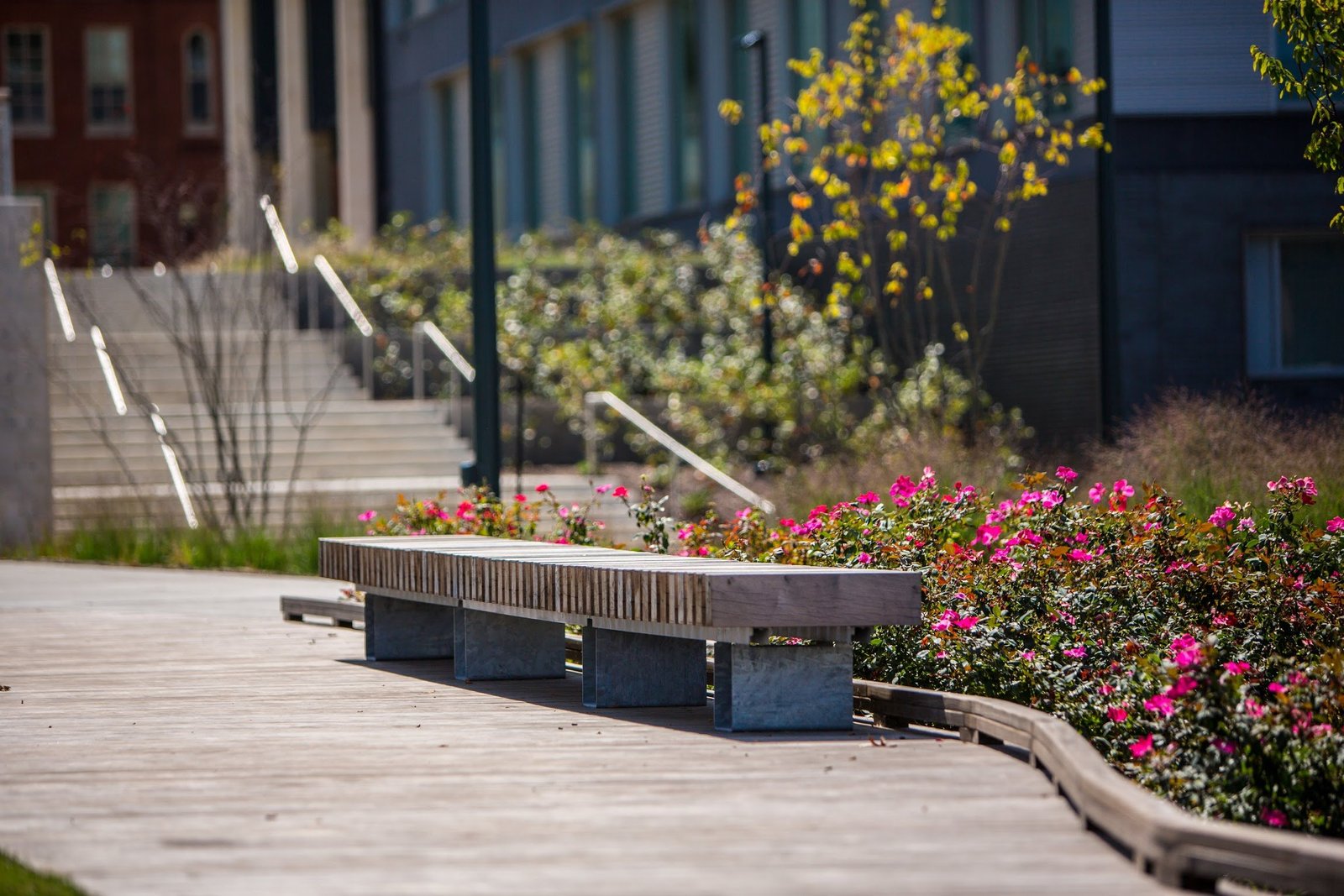Creating community gardens in urban areas is an excellent way to bring people together, improve local environments, and provide fresh produce to communities. These gardens transform underused spaces into vibrant green areas that benefit residents and foster a sense of unity. If you’re considering starting a community garden, there are essential steps to follow to make it a success. Let’s give you tips on how to create community gardens in urban areas.
1. Identify a Suitable Location
The first step in learning how to create community gardens in urban areas is finding the right location. Look for unused or neglected plots of land in your neighborhood. The site should receive plenty of sunlight, have good soil quality, and be accessible to the community. Public parks, vacant lots, or areas owned by supportive local businesses can be ideal spots. Make sure to get permission from the property owner before proceeding.

2. Build a Strong Community Network
A community garden thrives when people actively participate. Start by reaching out to neighbors, schools, and local organizations to find individuals interested in contributing. Hold meetings to discuss ideas, assign roles, and establish a group of dedicated volunteers. A shared vision ensures everyone feels invested in the garden’s success.
3. Develop a Garden Plan
Creating a detailed plan is crucial for the success of your community garden. Sketch out the layout, considering areas for individual plots, shared spaces, and pathways. Decide what will be grown, such as vegetables, herbs, or flowers. Include compost bins and water sources in your plan to make the garden sustainable and efficient.
4. Secure Funding and Resources
To bring your plan to life, you’ll need funding and materials. Seek financial support through grants, donations, or local sponsorships. Many businesses and organizations are willing to support community initiatives. Additionally, consider collecting tools, seeds, and soil through donations from local gardening stores or residents.
5. Prepare the Site
Once you have resources and a clear plan, it’s time to prepare the site. Start by cleaning the area and removing debris. Test the soil to ensure it’s suitable for planting and improve its quality by adding compost or organic matter. Clearly mark the boundaries of the garden and divide it into plots according to your design.
6. Create Guidelines for Garden Use
To maintain order and harmony, establish clear guidelines for using the garden. These rules should address how plots are assigned, hours of access, maintenance responsibilities, and conflict resolution. Post these guidelines in a visible location to ensure all participants are aware of them.
7. Plant and Maintain the Garden
Once the site is ready, planting can begin. Encourage community members to work together during planting days to foster collaboration and build relationships. After planting, regular maintenance is essential. This includes watering, weeding, and pest control. Rotating crops and using organic practices can help maintain soil health and promote sustainability.
8. Incorporate Community Events
To keep the garden active and engaging, organize events such as workshops, harvest celebrations, or cooking demonstrations. These activities bring people together and create a stronger sense of community while highlighting the benefits of the garden.
9. Promote Sustainability
Sustainability should be at the heart of every community garden. Install rainwater collection systems to reduce water usage, and use compost bins to recycle garden waste. Encourage participants to adopt organic gardening practices, minimizing the impact on the environment.
10. Celebrate Success and Share Benefits
Once the garden is thriving, take time to celebrate its success with the community. Share the produce among participants or donate surplus crops to local food banks. These gestures highlight the garden’s value and encourage more people to get involved.
Conclusion
Learning how to create community gardens in urban areas is not only rewarding but also impactful. By following these steps, you can transform unused spaces into flourishing gardens that bring communities closer and improve urban environments. With teamwork, planning, and dedication, a community garden can become a lasting source of pride and benefit for everyone involved.




